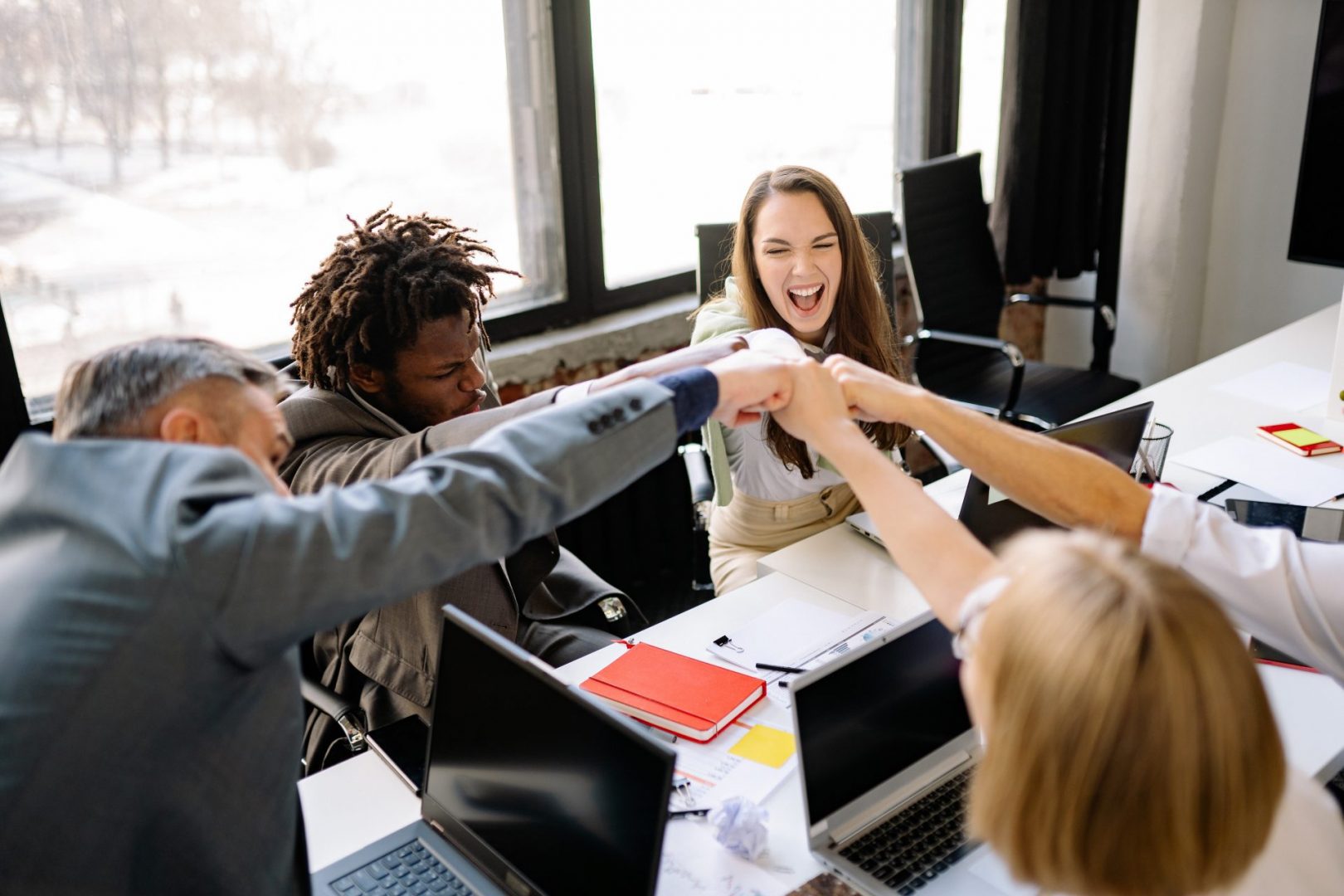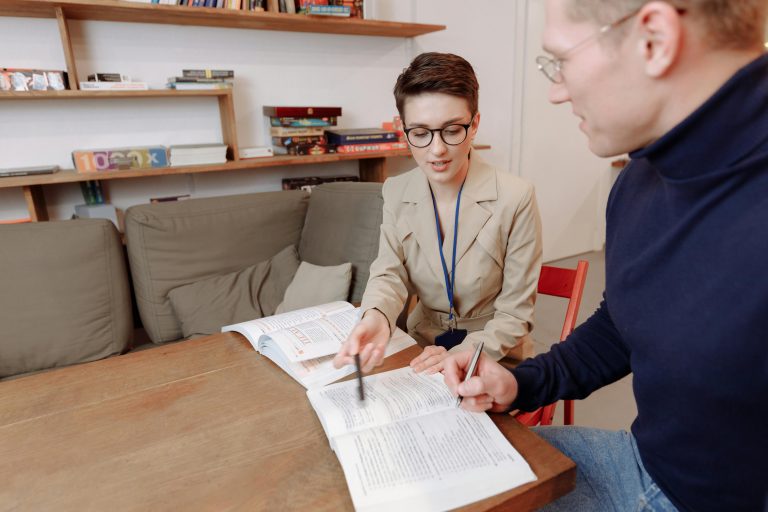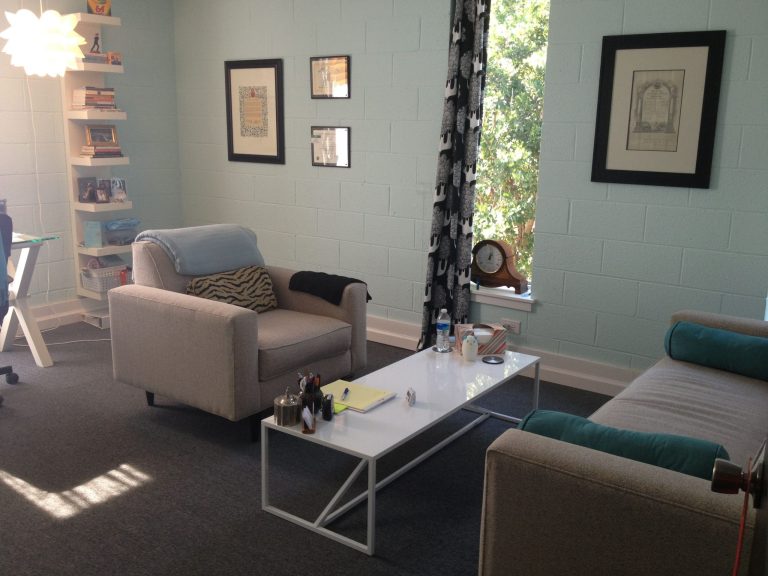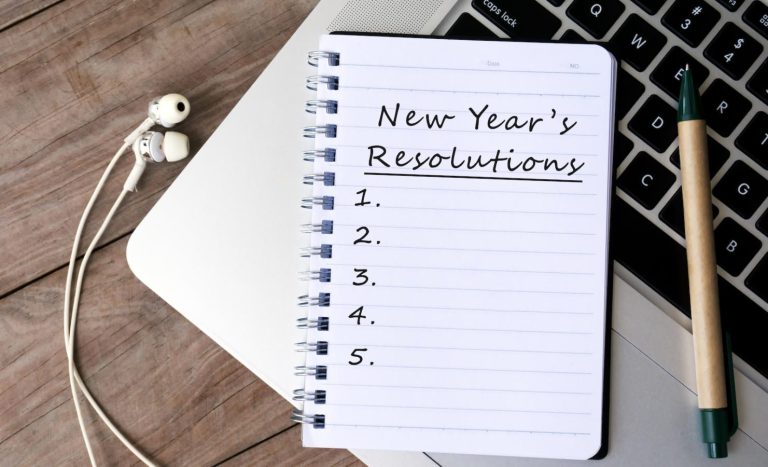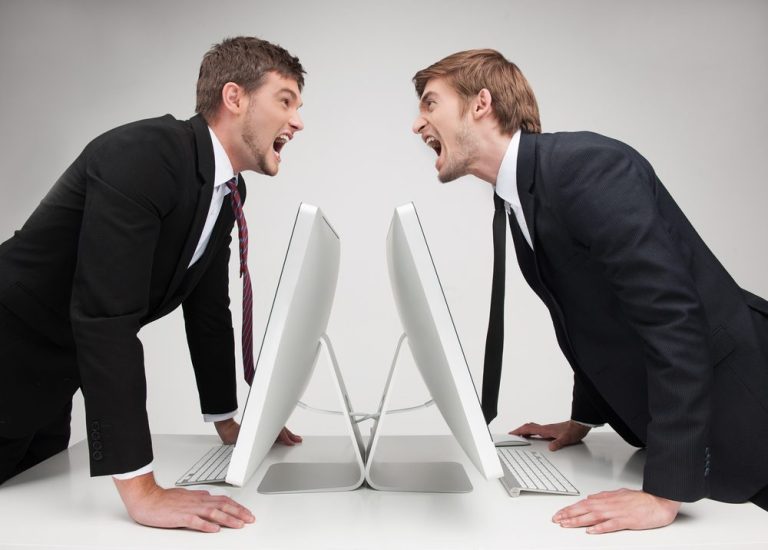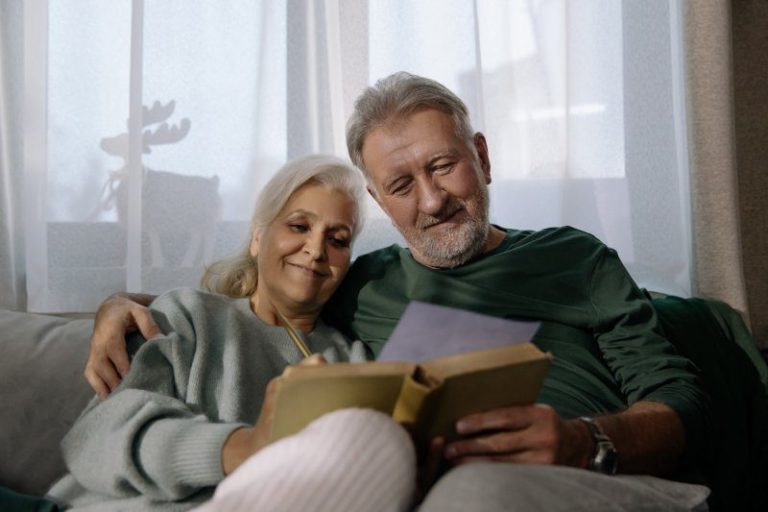3 Team Building Exercises to Try
Building an effective and cohesive team is crucial to the success of any organisation. Hence, team-building activities serve a vital role in promoting cooperation, improving communication, and cultivating a positive workplace culture.
These activities are effective means of fostering cooperation, raising spirits, and increasing output within a team. Of course, this might not be what your team needs… Consequently, taking into account the unique requirements and group dynamics of a team would be the first step in choosing an exercise to try out. Analyse the team’s goals and objectives to start.
Do they have communication issues? Do they need to promote cooperation and trust? You can choose activities that specifically address the challenges the team faces by identifying those challenges. Here are three team-building activities that we picked for you that could create a level of understanding of how they work:
1. Shout Out
Objectives: To regroup and reenergize after a break or lunch
Group Size: Suitable for 10 to 20 participants
Materials: A large blanket or tarp
Time: Approximately 10 minutes
Instructions:
Ask for two volunteers to hold the blanket up, creating a partition. Divide the remaining team members into two equal groups, with each group standing on opposite sides of the blanket.
Both teams select one representative to approach the blanket secretly, ensuring the other side cannot see their choice.
The volunteers count, “1, 2, 3, drop!” Simultaneously, they lower the blanket to the ground. The first person to correctly shout out the name of the other person gains that individual to their side of the blanket. (The volunteer blanket holders act as judges and resolve any ties.)
Repeat the process for about five to eight minutes. Lift the blanket at the end and declare, “Now we are all one team again.”
Discussion questions:
- Was that activity more challenging than you expected it to be? Why?
- Why did we make mistakes?
- How did the team respond to mistakes?
- What is an effective approach for handling mistakes in the workplace?
2. Draw!
Objectives: To encourage participants to consider the limitations of one-way communication and promote clarifying understanding when receiving messages
Group Size: Best suited for up to 12 participants. For larger groups, divide into smaller teams.
Materials: Copies of the drawing handout (you can choose a simple drawing that could be described), additional sheets of paper, pens
Time: 10-20 minutes
Instructions:
Arrange all participants in a single line, one person standing behind the other. Briefly show the original drawing to the person at the end of the line. Using their finger, they “draw” the picture on the back of the person in front of them, who then does the same on the back of the subsequent person, continuing down the line until reaching the first person.
The first person in line receives the “message” and draws it on a sheet of paper.
Compare all the final drawings with the original to observe the different interpretations that emerged.
Discussion Questions
- At what point does communication begin to break down?
- What are some reasons for communication breakdowns?
- How can we ensure our messages are understood?
- What insights about communication did you gain that can be applied in the workplace?
3. The Whole Picture
Objectives: To brainstorm the qualities of a successful team and consider individual contributions to the team
Group Size: Any
Materials: Flip-chart paper or poster board for each group, markers
Time: 20-30 minutes
Instructions:
Form groups of four to seven participants, providing each group with flip-chart paper and markers.
In their respective groups, participants create a drawing representing the qualities of a successful team, including the individual contributions required to exhibit those qualities. For instance, the group could draw a sun. Within the sun, list all the qualities that define a team (trust, communication, etc.). On the rays extending from the sun, write down team members’ contributions (e.g., active listening, mutual assistance, reliability).
After 15 minutes, have each group present their posters to the entire group.
Discussion questions:
- What are some ways these qualities and characteristics were demonstrated throughout this program?
- What can we do to ensure we incorporate these qualities and characteristics into our everyday work?
Activities that are enjoyable and consistent with the team’s values and personalities can increase engagement and enthusiasm. Take into account the team’s size and composition as well. While some activities might be more effective with smaller teams, others might be better suited for bigger groups. Last but not least, keep in mind to select activities that are inclusive and considerate of any physical limitations or cultural differences among the team. You can foster an atmosphere that promotes development, cohesion, and enhanced teamwork by customising the team-building exercises to the group’s particular requirements and characteristics.
If you think that you can benefit from professional support on this issue you can reach out here.
Seray Soyman is working as a Trainee Psychosexologist within the Willingness team, providing psychosexual education and sexual support sessions, as well as delivering training and workshops. She has a master’s degree in Clinical Psychosexology from the Sapienza University of Rome. Seray’s research interests are sexual communication, sex-positive behaviour, LGBTQIA+ studies, and sexual health.
References
Scannell, M., & Scannell, E. E. (2009). The big book of team-motivating games: Spirit-Building, problem-solving and communication games for every group. McGraw Hill Professional.

